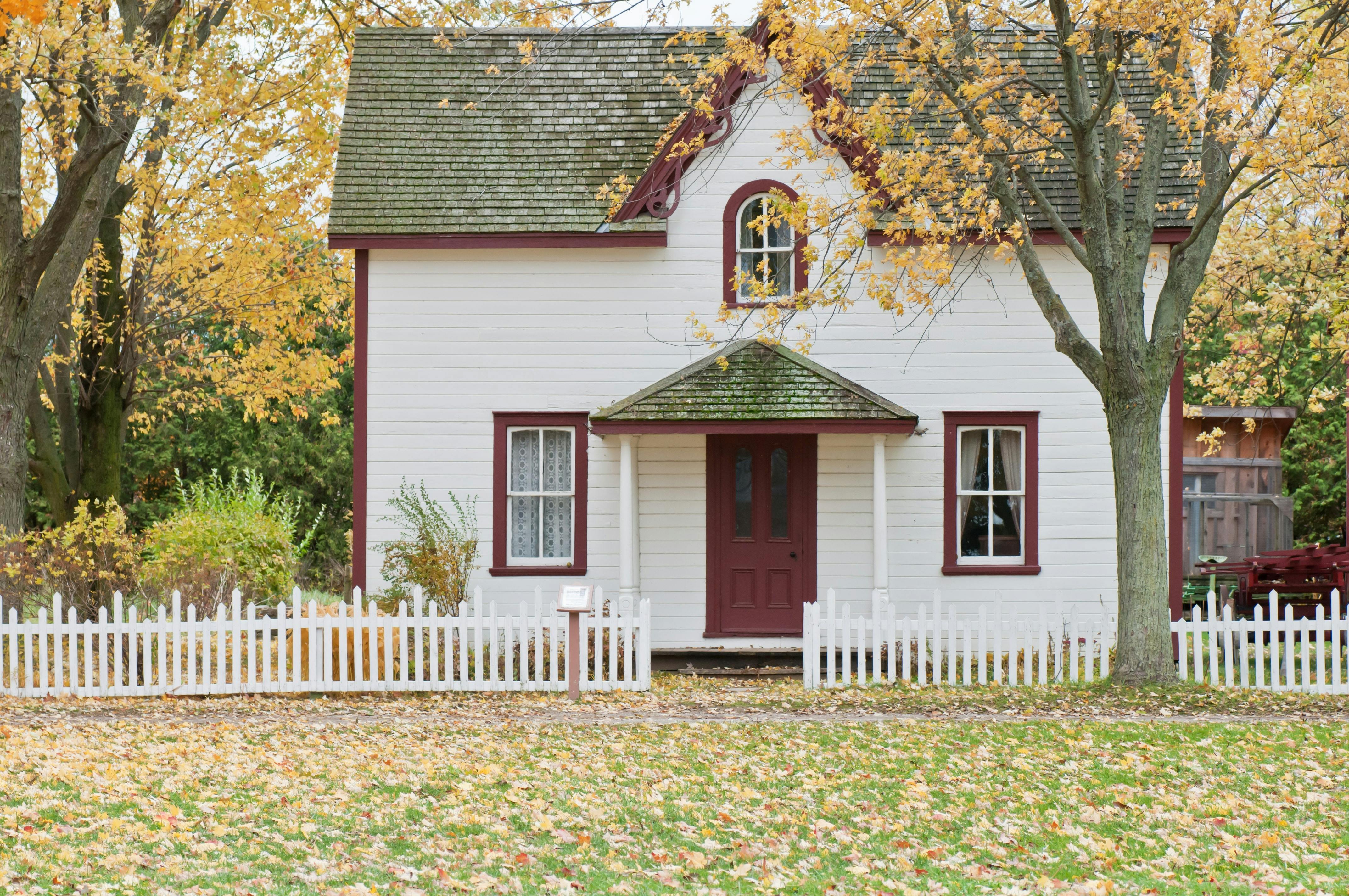
5 minute read
Real_Estate_Singapore_Guide
A Complete Guide to Real Estate in Singapore for Home Buyers and Investors
Singapore’s real estate market is known for its stability, organization, and investment potential. As a global business hub with limited land and a strong regulatory framework, the demand for property in Singapore remains consistently high. Whether you are planning to buy your first home or explore property investment, it is important to understand how the market works. Learn more at Thomson View En Bloc
This guide covers the main property types, home financing methods, rules for foreign ownership, and emerging trends in Singapore’s property landscape.
Understanding the Different Types of Property
Singapore's real estate offerings fall into several key categories. Each serves different segments of the population and comes with its own ownership rules.
1. Public Housing (HDB)
Built and managed by the Housing and Development Board, HDB flats are designed to provide affordable homes to Singapore citizens. These units are typically sold on a 99-year lease and come in various sizes, from two-room flats to executive apartments. While only citizens and some permanent residents can buy HDB flats, they make up the majority of homes in Singapore.
2. Private Condominiums
Private condos are popular among professionals, couples, and investors. These are usually equipped with swimming pools, gyms, and security. They are open to both locals and foreigners, and offer a good balance of lifestyle and long-term value.
3. Landed Property
This includes terrace houses, semi-detached homes, and bungalows. These properties are usually more expensive and are subject to stricter ownership rules. Foreigners need special government approval to purchase landed homes in Singapore.
4. Executive Condominiums (ECs)
ECs are hybrid housing developments that start off as public housing but become private after ten years. They are available to middle-income Singaporeans and are considered a stepping stone to owning a private property.
How Home Financing Works in Singapore
Home buyers in Singapore have multiple options to finance their purchase. Understanding the rules can help you plan your budget wisely.
1. Bank Loans
Banks in Singapore offer housing loans with either fixed or floating interest rates. The maximum loan you can take depends on your income, existing debt, and the number of properties you already own. Financial institutions also follow strict guidelines like the Total Debt Servicing Ratio (TDSR) to prevent over-borrowing.
2. CPF (Central Provident Fund)
Singaporeans can use their CPF savings to pay for a portion of their home, including the down payment and monthly loan installments. This government-backed fund helps citizens build retirement savings and achieve homeownership goals.
3. Stamp Duties
When buying a property, buyers are required to pay a Buyer’s Stamp Duty (BSD). Additional Buyer’s Stamp Duty (ABSD) applies for second homes or properties purchased by foreigners and entities. These duties are part of the government’s measures to control property prices and discourage speculation.
Property Ownership Rules for Foreigners
Foreigners are welcome to invest in Singapore’s real estate, but there are certain limitations and taxes to consider.
Foreigners can freely buy private condominiums and commercial properties.
Government approval is needed to buy landed residential properties.
Foreigners pay a higher ABSD compared to Singapore citizens and permanent residents.
Despite these restrictions, many international investors consider Singapore a safe and profitable location for long-term property investments.
Key Locations to Consider
When it comes to choosing the right location, Singapore offers a range of options depending on lifestyle needs and investment goals.
Central Business District (CBD)
This area includes Marina Bay, Raffles Place, and Tanjong Pagar. Properties here are expensive but attract investors looking for luxury and prestige.
East Coast
A popular choice among families and expatriates, this region combines accessibility with lifestyle perks like parks and seafront dining.
Suburban Towns
Towns like Punggol, Sengkang, and Bukit Panjang offer newer developments at more affordable prices, often with government support and better long-term potential.
Trends Shaping the Market
Singapore’s real estate sector is evolving with changes in demographics, technology, and consumer expectations.
1. Smart and Green Homes
Buyers are looking for sustainable features like solar panels, rainwater harvesting systems, and energy-efficient appliances. Developers are incorporating these elements to meet demand and support environmental goals.
2. Co-Living Spaces
Co-living is gaining ground among younger residents and digital nomads. These spaces offer flexible leases, shared amenities, and a community-focused lifestyle.
3. Integrated Developments
Mixed-use projects that combine homes, offices, and retail spaces are becoming more common. They provide convenience and higher property value due to the proximity to amenities and public transport.
Future Outlook of Singapore’s Real Estate
The government’s long-term planning through the Urban Redevelopment Authority (URA) aims to build inclusive, sustainable neighborhoods across the island. Major initiatives such as the Greater Southern Waterfront and new MRT lines will drive up property value in certain zones.
The rise of digital property platforms, data-driven investments, and virtual home tours also means buying property is becoming more accessible and transparent.
Conclusion
Singapore’s real estate market is built on a foundation of strong policy, demand stability, and future-focused development. Whether you're a local buyer or a global investor, understanding how the property system works will help you make smart, informed decisions.
From affordable public housing to luxury condos and commercial buildings, Singapore offers a wide range of property choices supported by world-class infrastructure and a stable economy. With the right knowledge and planning, real estate in Singapore can be both a home and a rewarding investment.

